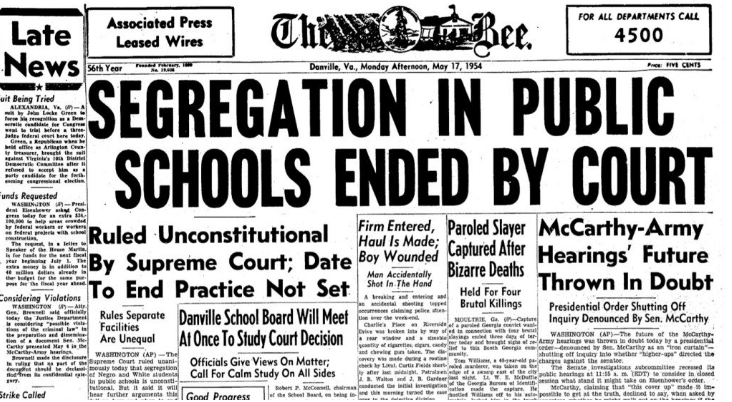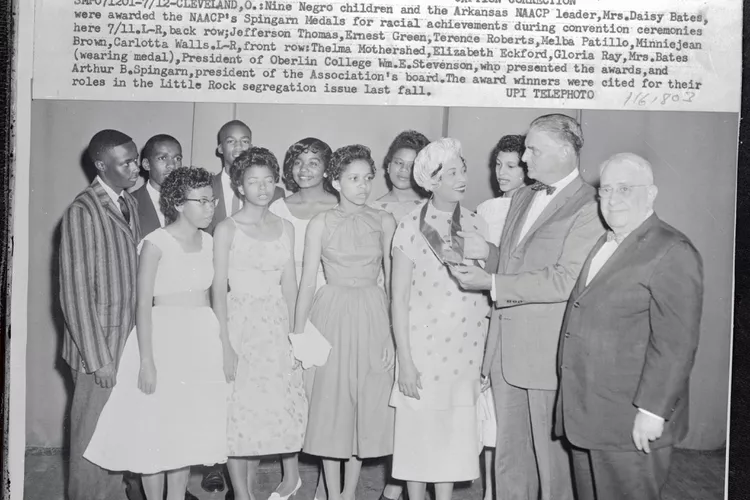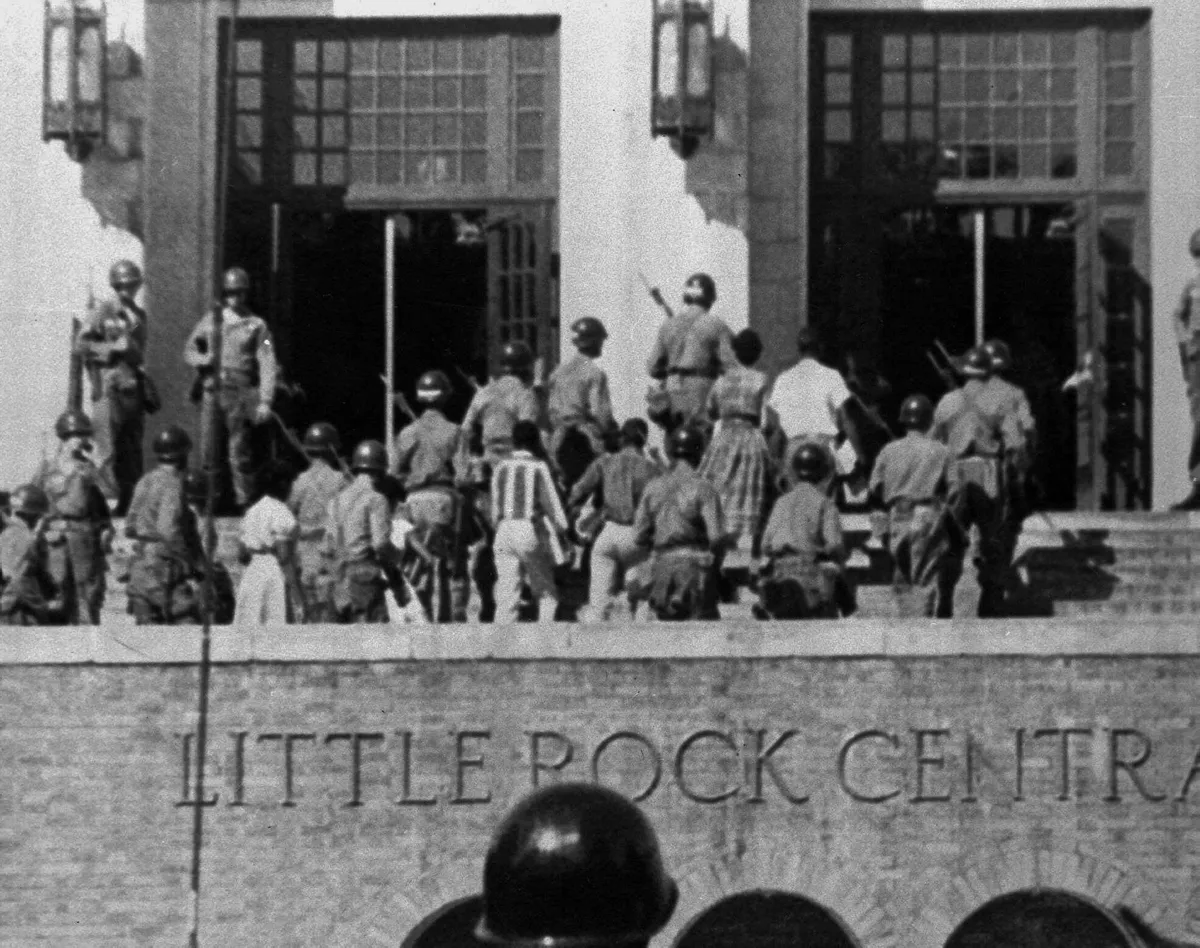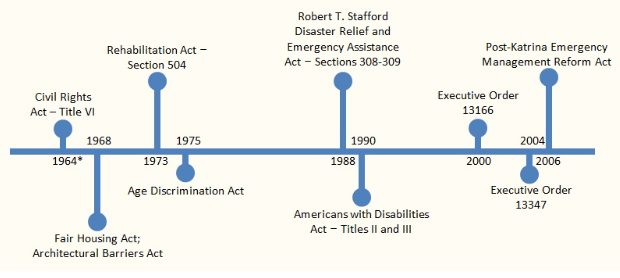July 9th 1868: Passage of the 14th amendment
After the Civil War, formerly enslaved people were promised '40 acres and a mule' and citizenship. This was one of the first promises the government made but never actually acted on until decades later.

The passage of the 14th amendment ensured citizenship to those "born or naturalized in the United States” (The constitution)
May 18th 1896: Plessy V Ferguson AKA “Separate but Equal”
This infamous court case led to the formation of the very racist “Separate but Equal” doctrine. This doctrine claimed that it was allowed to segregate blacks from whites as long as their facilities were equal. However, it was clear the facilities were not equal.

Black man at a segregated drinking fountain (Getty Images)
May 17th 1954: Brown V Board of education
The Brown V Board court case was one where the racially oppressed group won by a unanimous vote. The verdict was that segregating students based on color was a direct violation of the 14th Amendment, which gave all naturalized people born in America citizenship. This case was a stepping stone that laid the foundation for the Little Rock Nine's creation.

Segregation now banned in public schools due to Brown v board of education court case (The Bristorian)
September 2nd 1957: Governor Faubus orders the state national guard to block the entrances to the Central High School
Faubus’s controversial was a racist attempt to maintain the status quo. He was a staunch racist who believed racial integration would contaminate the schools.

Governor Faubus holding his petition against racial integration of schools (Black history month blog)
September 4th, 1957: Nine students arrive at Central high school
After months of preparation and understanding the consequences, the nine decided it was time to begin the movement, despite the blockade ordered by Governor Faubus, which sparked shouts of fair education for all.

A newspaper article shows Daisy Bates and Little Rock Nine being awarded the NAACP's 1958 Spingarn Medal. (Bettmann / Getty Images)
September 23rd 1957: Eisenhower’s executive order
Eisenhower ordered the 101st to stand with the students and allow for integration into the schools to occur.

The U.S. Army’s 101st Airborne Division troops escort nine African-American students into Little Rock Central High School on Sept. 25, 1957, in Little Rock, Arkansas
The idea of racial equality had been brewing in America for a long time, it wasn’t until these nine students risked themselves for the greater good that the true issue was finally realized. These nine students led to the 1964 Civil Rights Act which granted equal rights to all people of color and shifted the responsibility of government in a social setting.

Government InterventionPaperwork